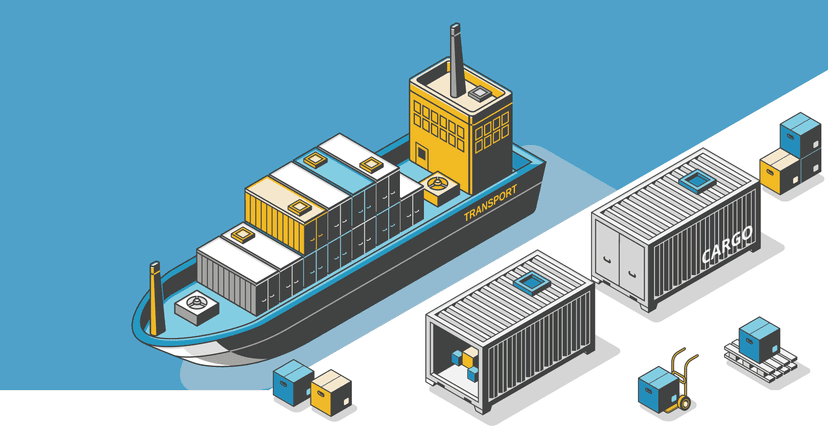
The Ultimate FCL Shipping Handbook: Costs, Benefits, and Best Practices for 2025
FCL shipping (Full Container Load) involves hiring an entire shipping container exclusively for your cargo, offering faster transit times an...
Duty drawback can help exporters claim refund on eligible items within a prescribed time. Availing the benefits of such schemes can help in reducing working capital costs and improve competitiveness in the international markets.

The duty drawback scheme was introduced under sections 74 and 75 of the Customs Act, 1962.
To promote exports, governments across the world formulate policies that encourage enterprises to sell their products in the international markets. Duty drawback is a scheme where a percentage of free on board (FOB) price is reimbursed to the exporter.
Final goods which are exported from India may have suffered customs duty and internal taxes. Under the duty drawback scheme, the government refunds such taxes to enhance the price competitiveness of exports.

For example, refund of custom duties paid on equipment imported that was used to manufacture eligible goods. Broadly, this scheme is applicable on goods that have not been used at all and which were used in manufacture or as input of export goods. When exports are done through electronic shipping bill, the shipping bill is sufficient to avail the duty drawback.
The duty drawback on export is allowed up to two years from the date of import. Once the following conditions are met, then the export goods are entitled to payment of drawback of an amount equal to a certain percentage of the duty paid on import.
a. Goods should have been imported to India and customs duty should paid on it.
b. The identity of the goods should be clearly identified.
c. The Assistant or Deputy Commissioner of the customs department should give clearance for export after examination of the goods.
If goods have been used in India after import, duty drawback will be available based on the following rate slab:

If wearing apparel has been used in India after import, no duty drawback will be available on it. Under certain circumstances where the duration is over 24 months, the Commissioner of Customs may extend the period for re-export.

To claim the drawback, the exporter shall file the claim within three months of let export order. The duty drawback claim should be supplemented with the following:
a. Triplicate copy of the Bill of Export or Shipping Bill in evidence of export.
b. Export invoice and packing specification.
c. Bill of entry or other document in proof of payment of import duty.
d. Import invoice
Once the exporter has filed the claim for refund of duty, the drawback status can checked on the website of Customs National Trade Portal – a portal maintained by the Central Board of Indirect Taxes and Customs (CBIC).
The drawback under section 75 of the Customs Act 1962 is different from section 74. The conditions that should be met to claim refund of input duties is as follows:
a. The exported goods are completely different from inputs.
b. Inputs can be either be local goods on which taxes have been paid or imported goods on which customs duty has been paid.
c. The inputs have gone change in physical property, shape, etc.
The Director General of Foreign Trade (DGFT) fixes the rate for drawback under section 75. The amount of drawback is subject to standardization of final product, verification of the method of manufacture, quantity of raw material used, and the average of duty paid articles.

Duty drawback is not available to all kinds of products. The government has kept the following items outside the scope of duty drawback:
a. Goods manufactured from duty free materials.
b. Stuffing materials for export of tea, excluding tea chests.
c. Jute batching oil used in manufacture thread, jute yarn, etc.
d. Packing material used for fabrics, jute yarn, etc.
The government publishes a drawback schedule three months after the union budget. This rate is called is All India Rate (AIR). When no drawback rate is set, the manufacturer shall apply for drawback within 60 days seeking a brand rate. The higher limit of drawback should not be more than one third of the market price of the export product.